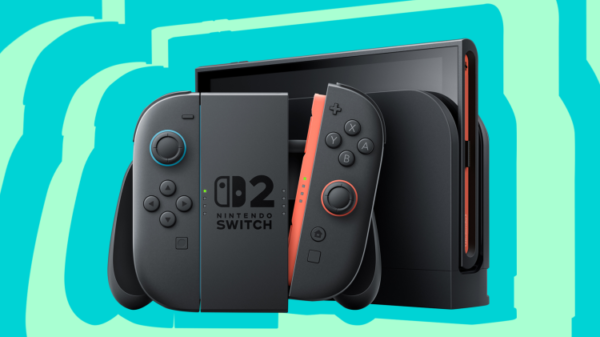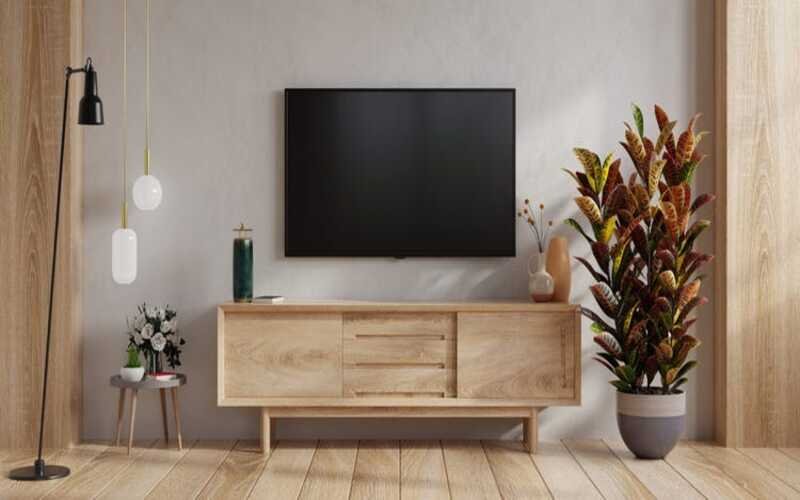- Measure the Complete TV: Start by measuring the entire TV, including the frame and stand. This measurement will provide you with the overall size of the TV unit.
- Account for Stand Space and Border Limitations: If you plan to place the TV in an open space or on a wall, consider the stand space and border limitations. Leave a 2- to 3-inch gap on all sides, including the top and bottom (considering the stand), to ensure easy maneuverability.
- Measure the Width and Height of the Designated Area: Take measurements of the width and height of the designated area where the TV will be positioned. This will help ensure that the TV fits appropriately within the available space.







































